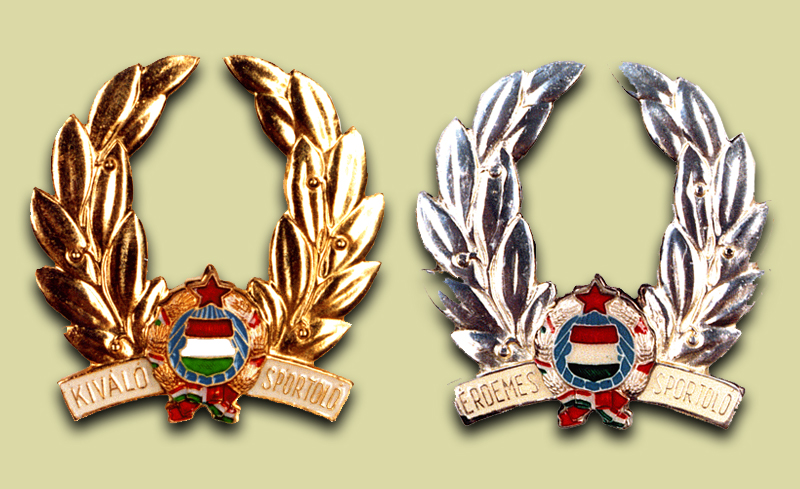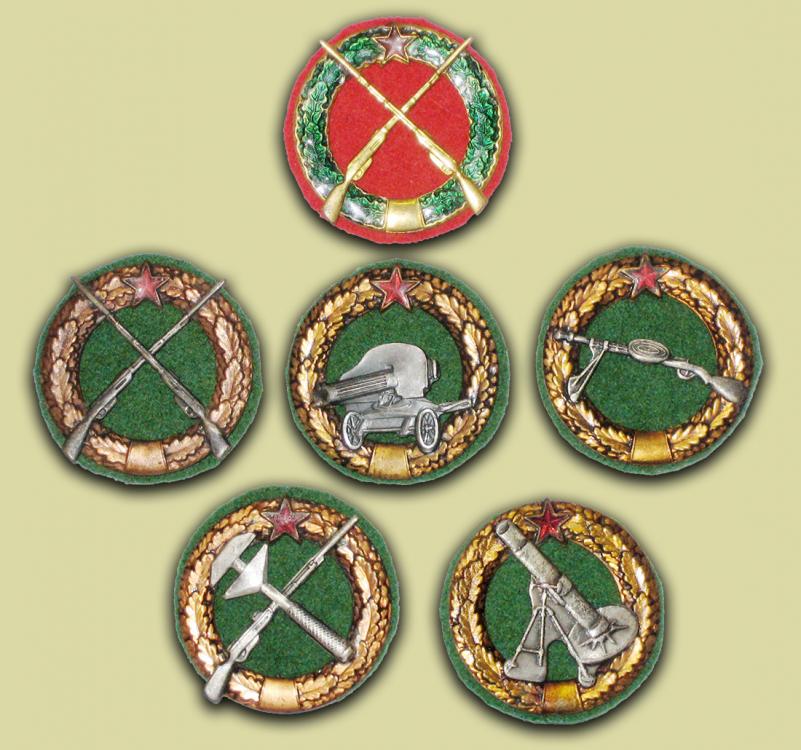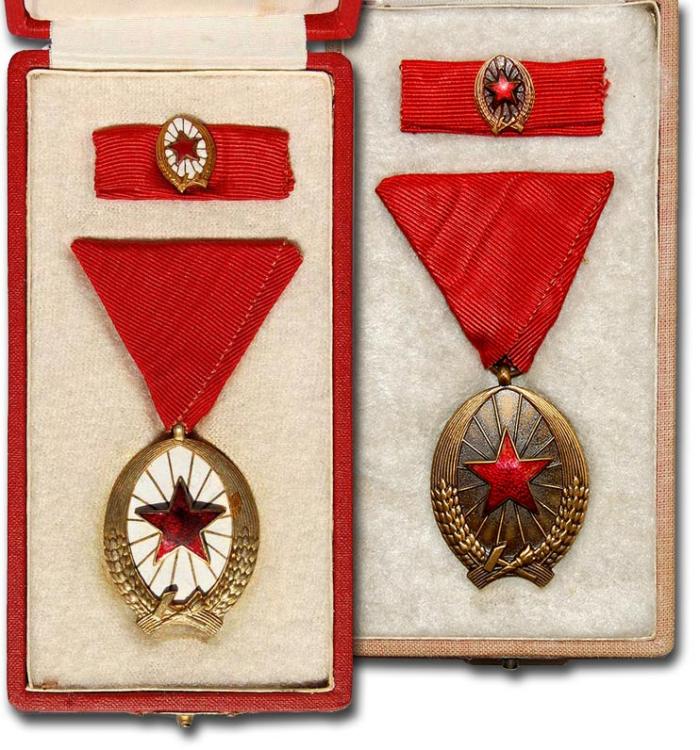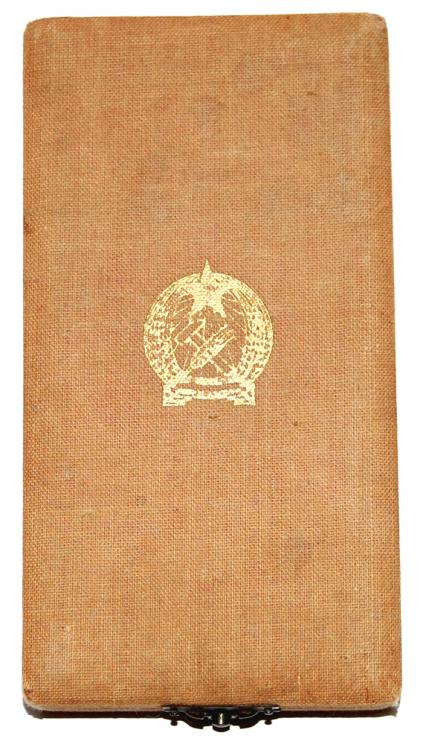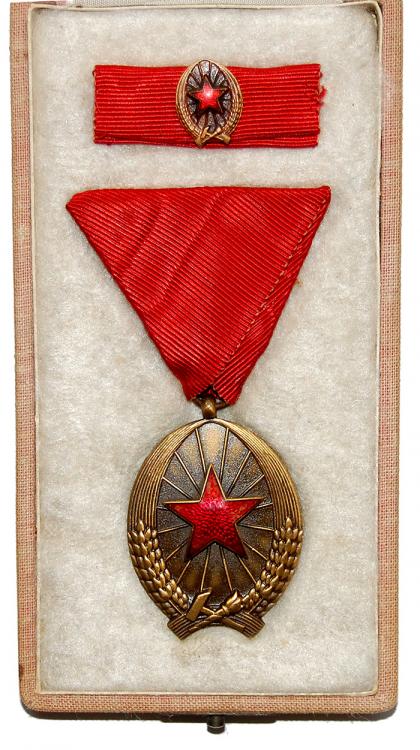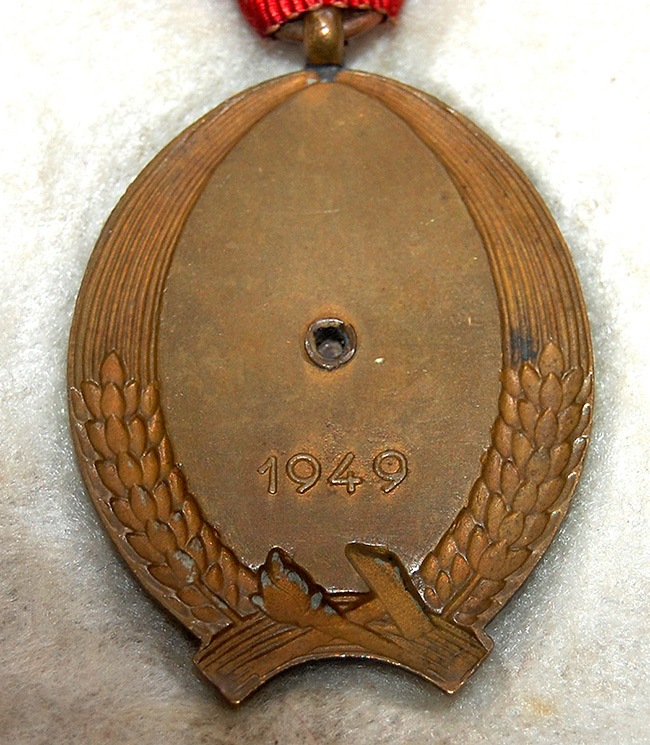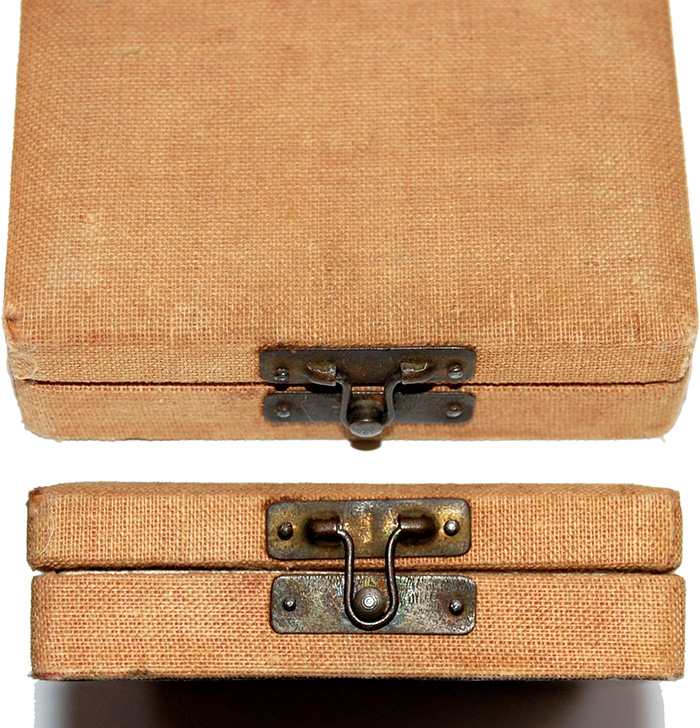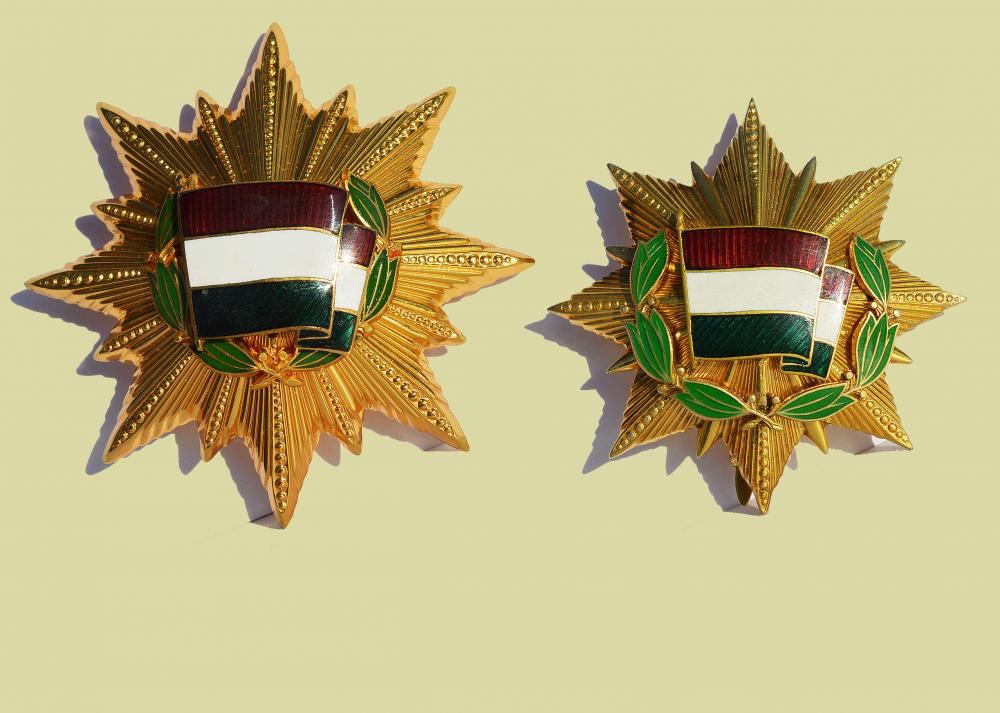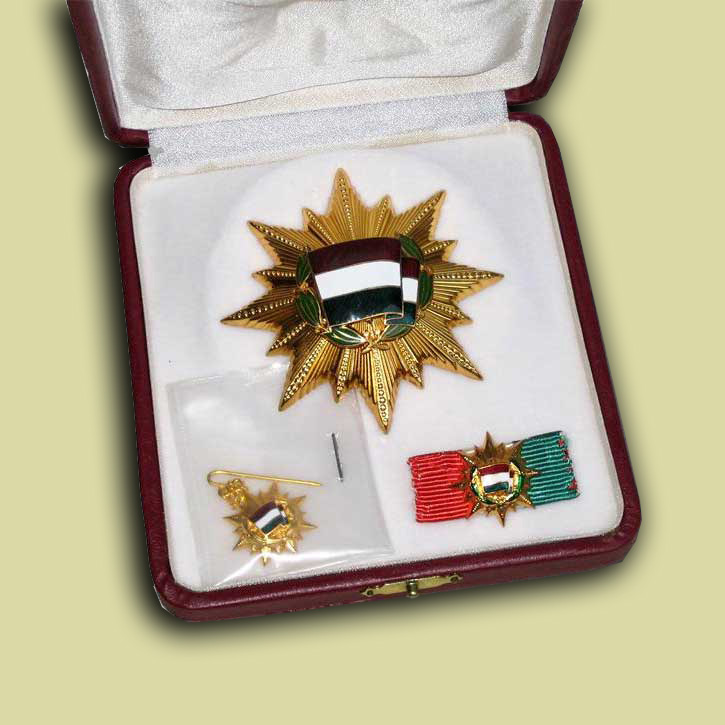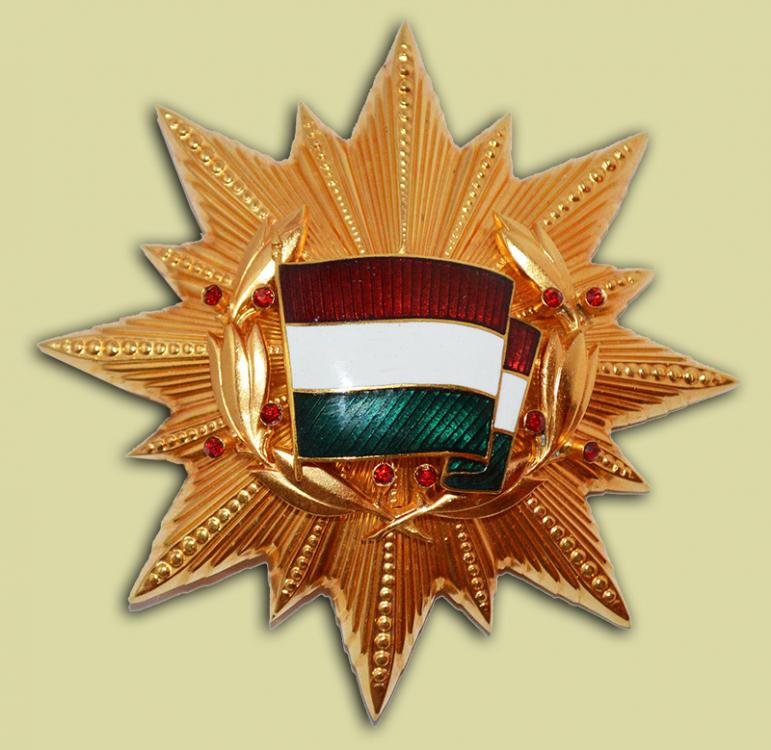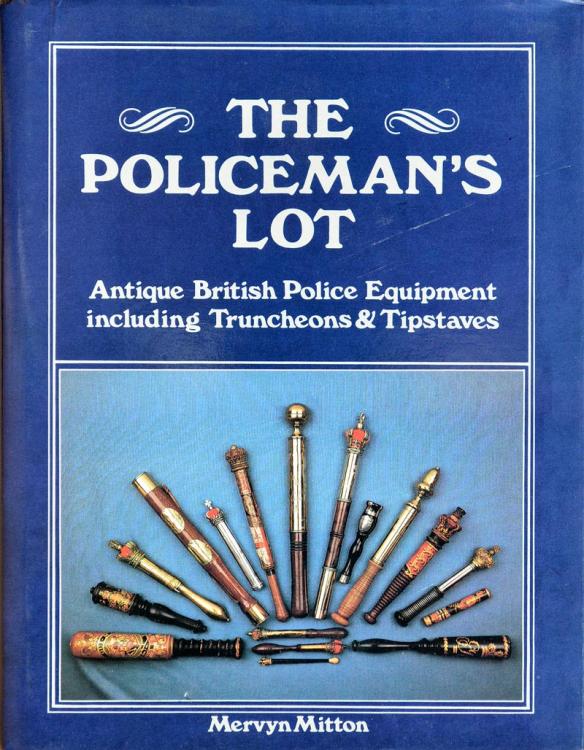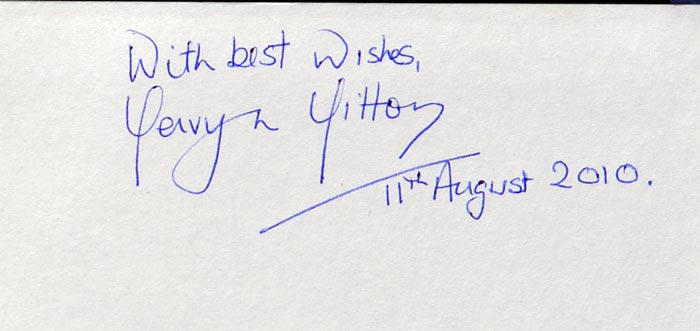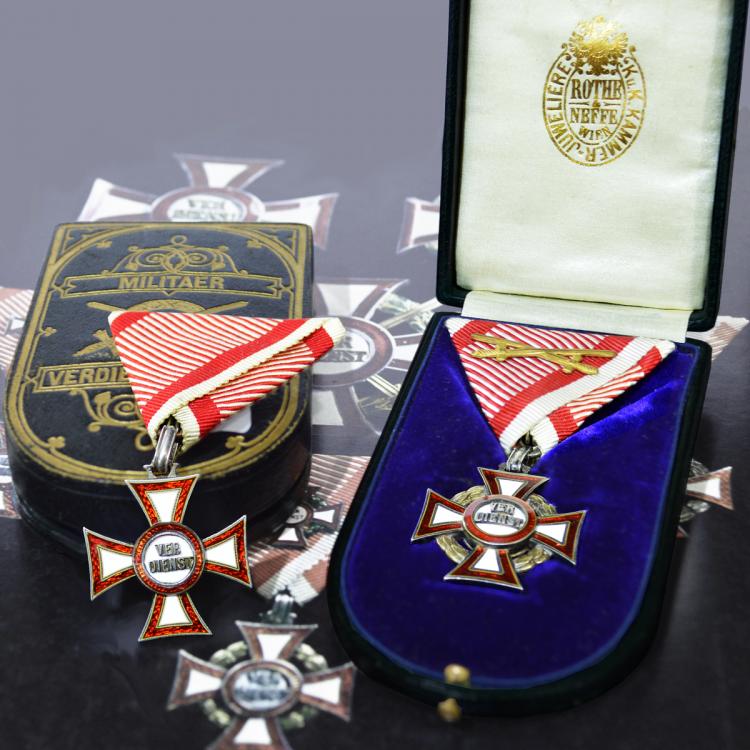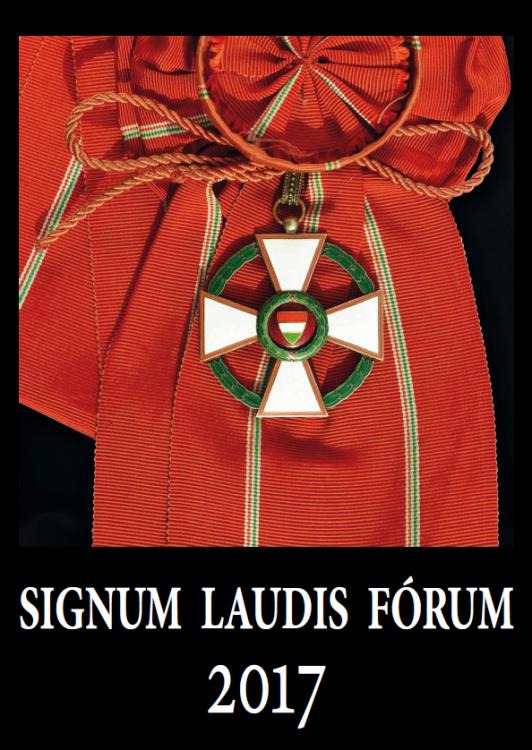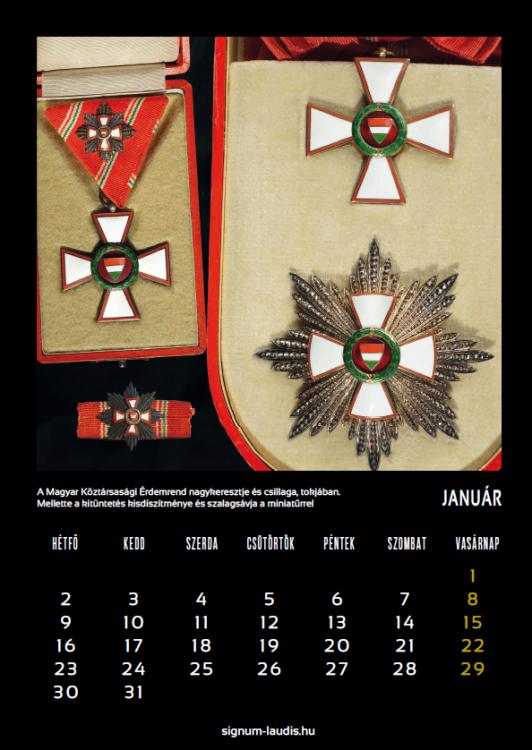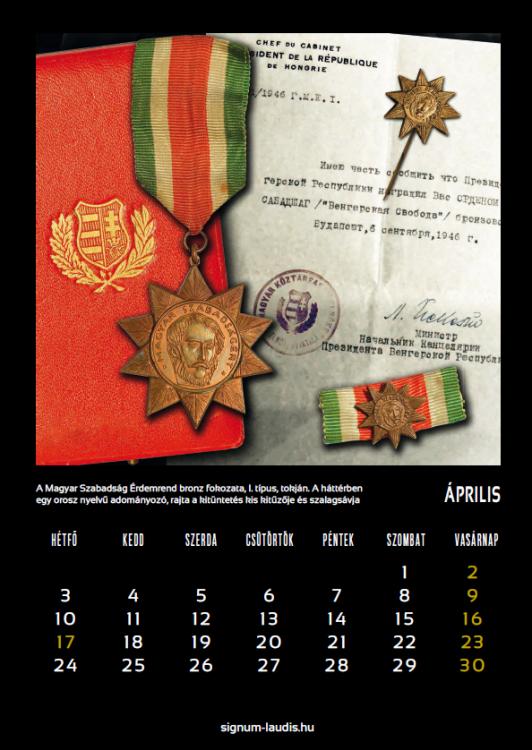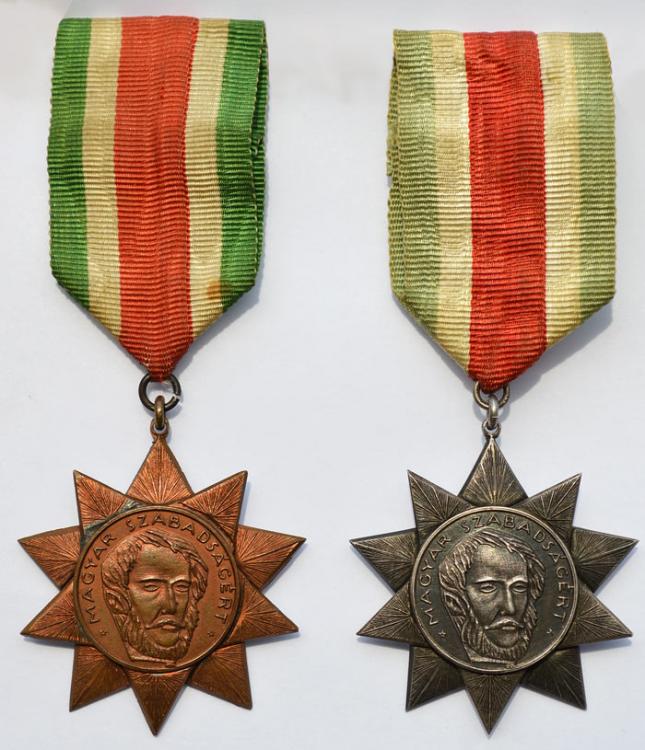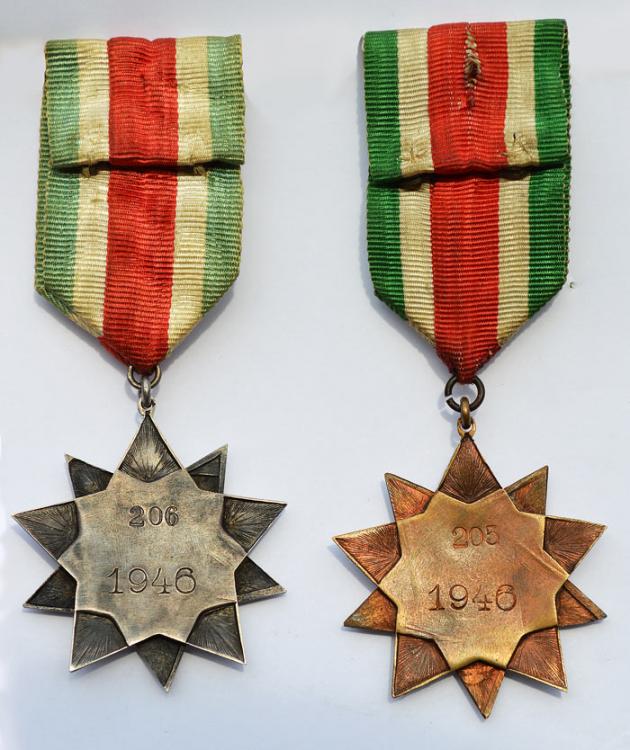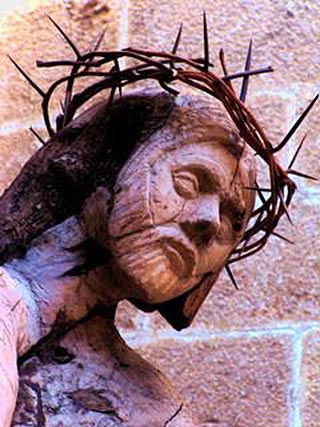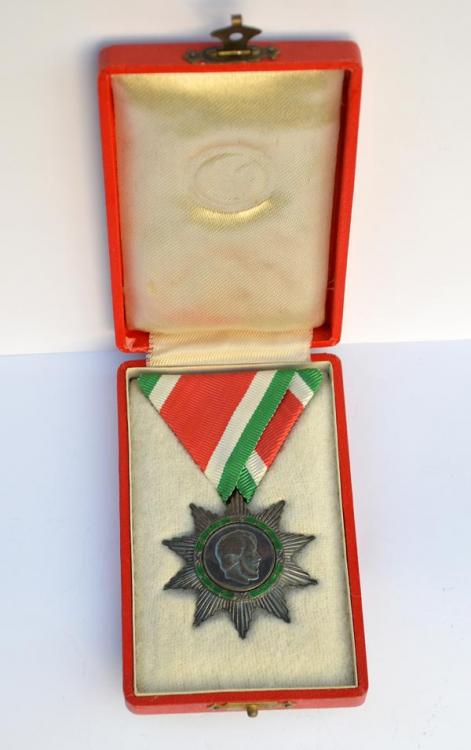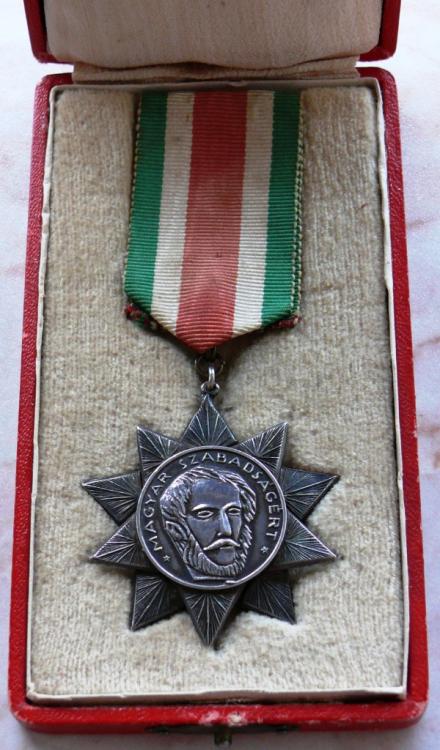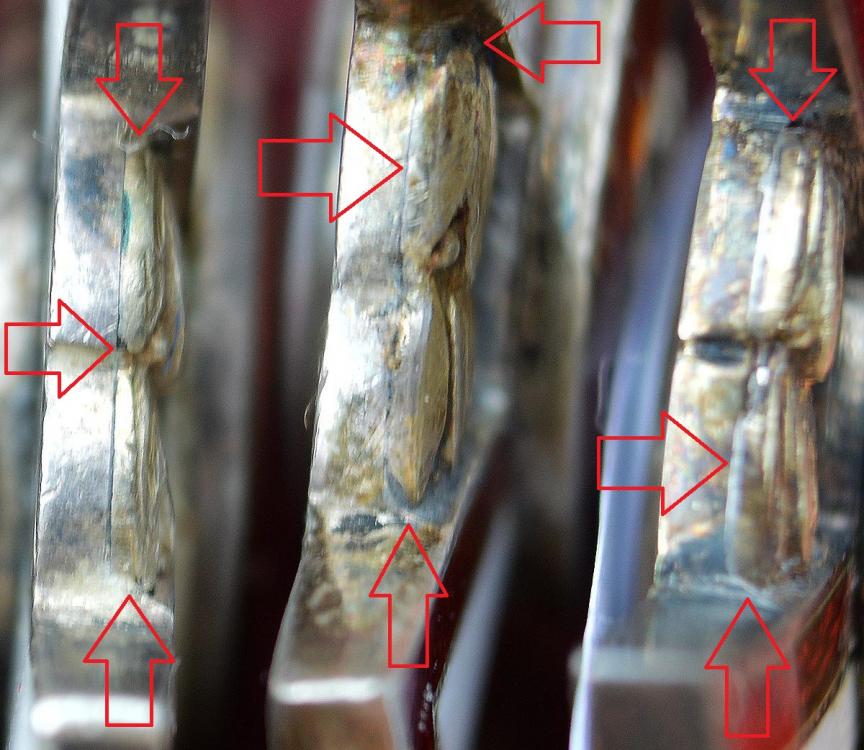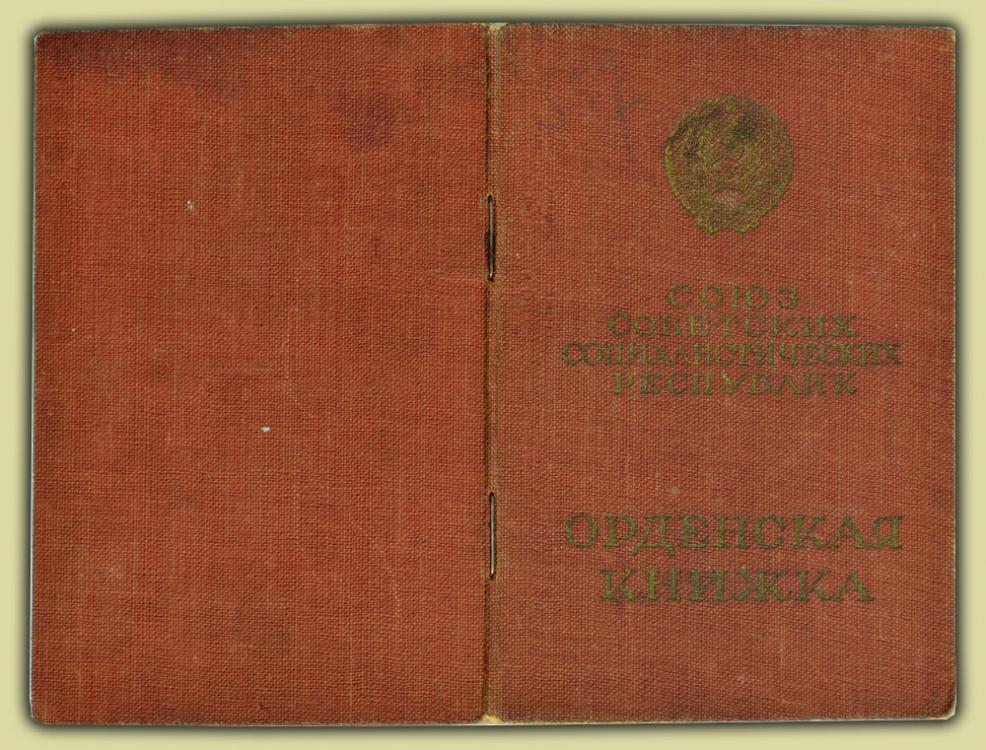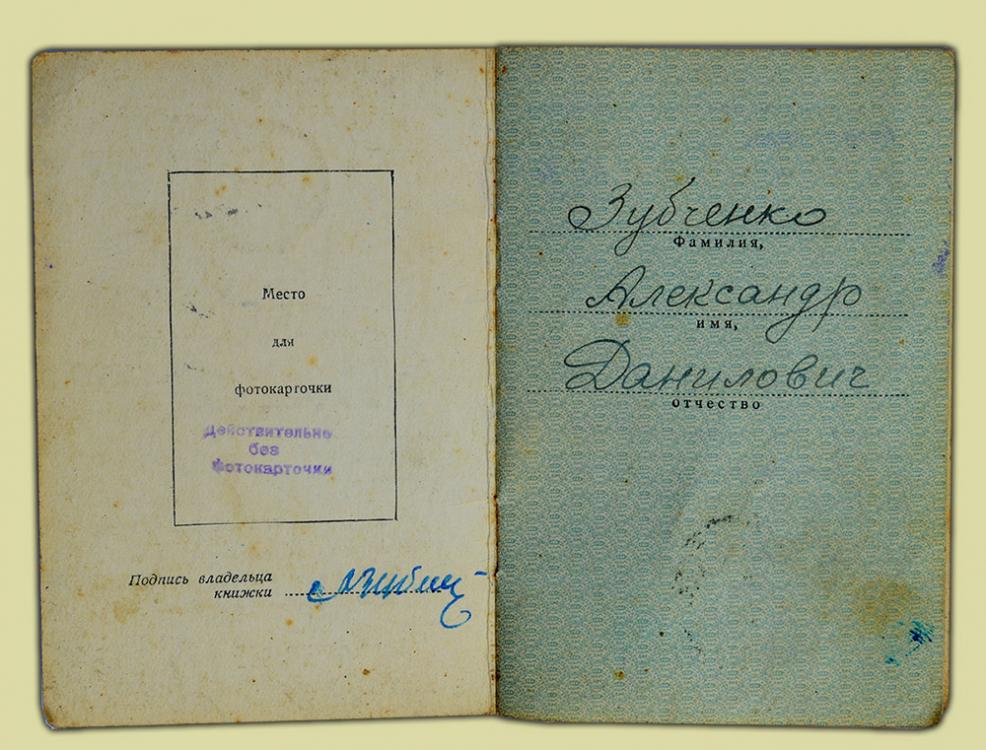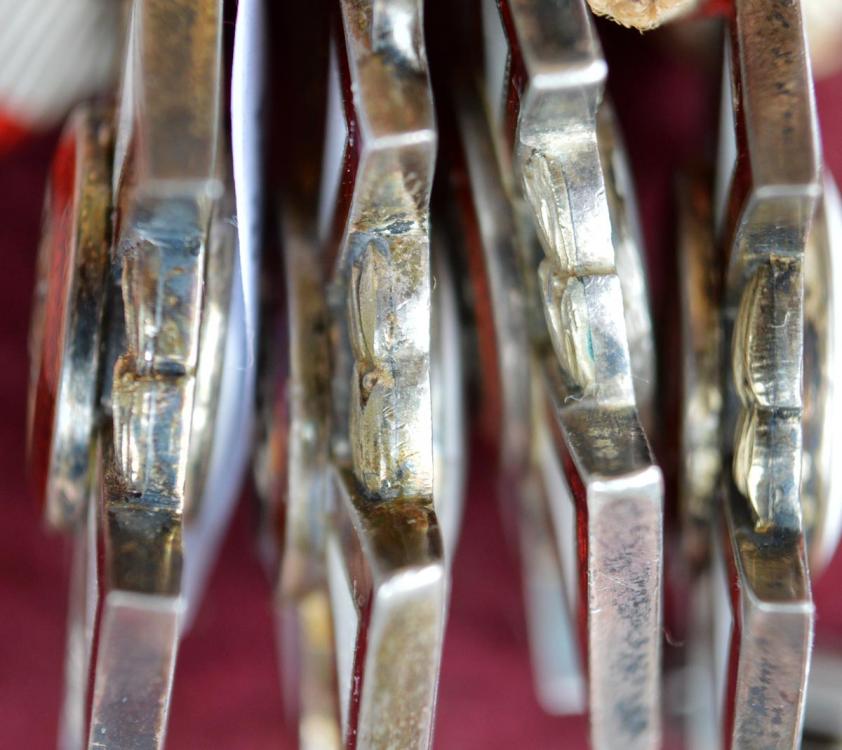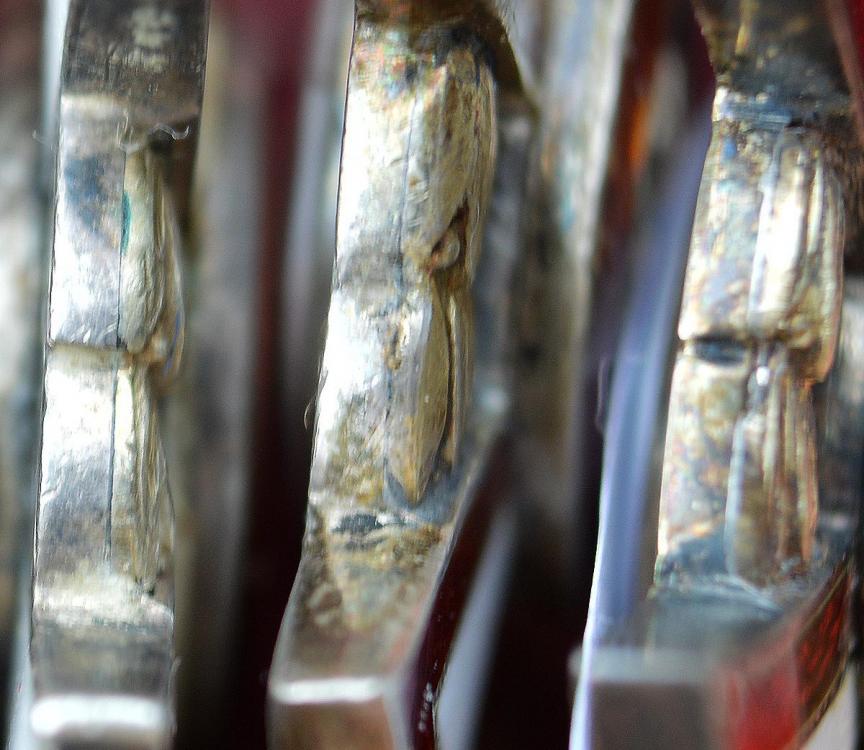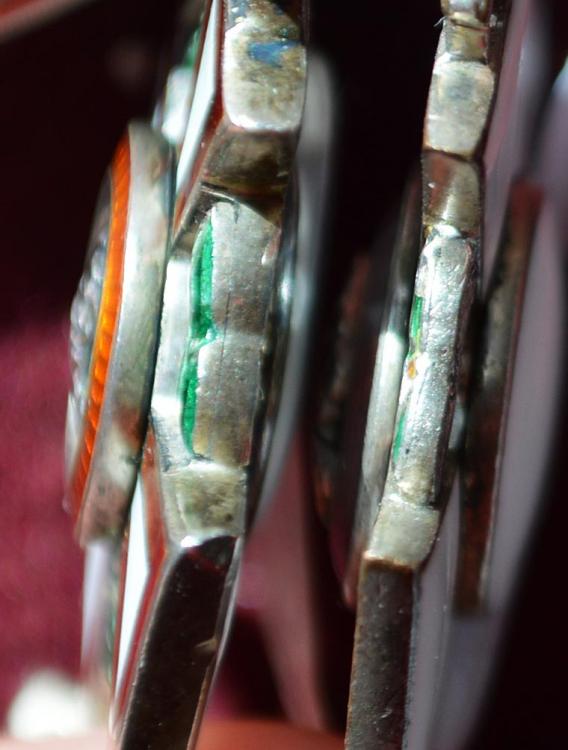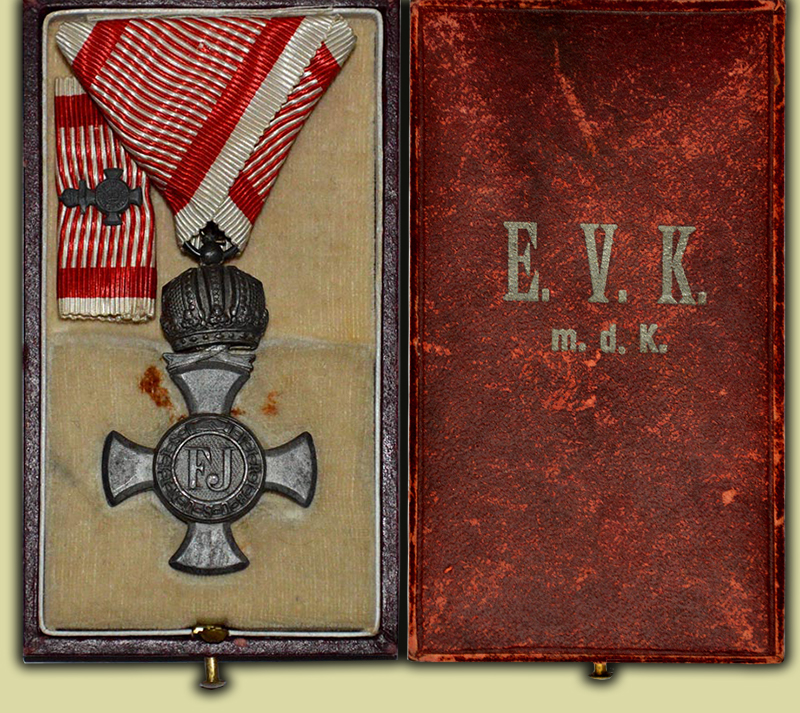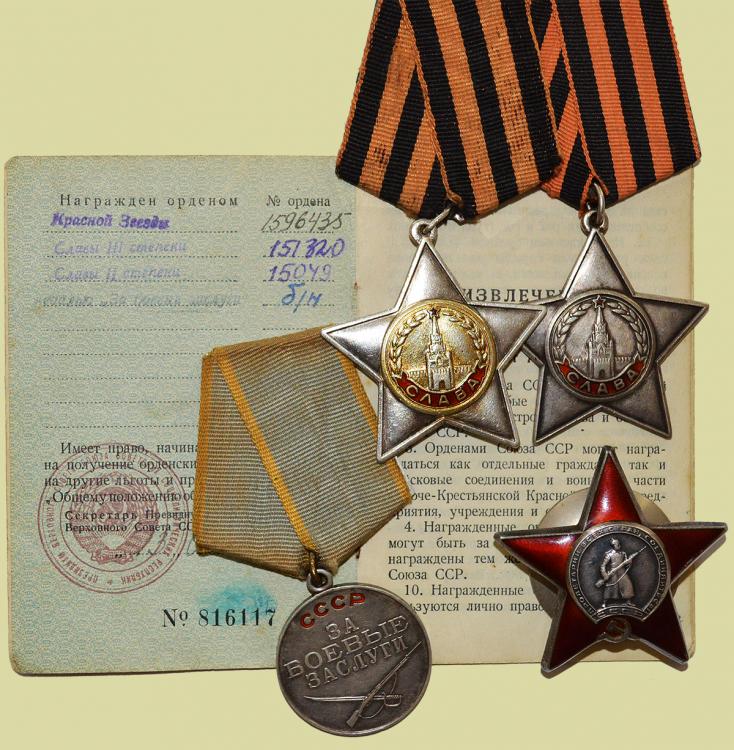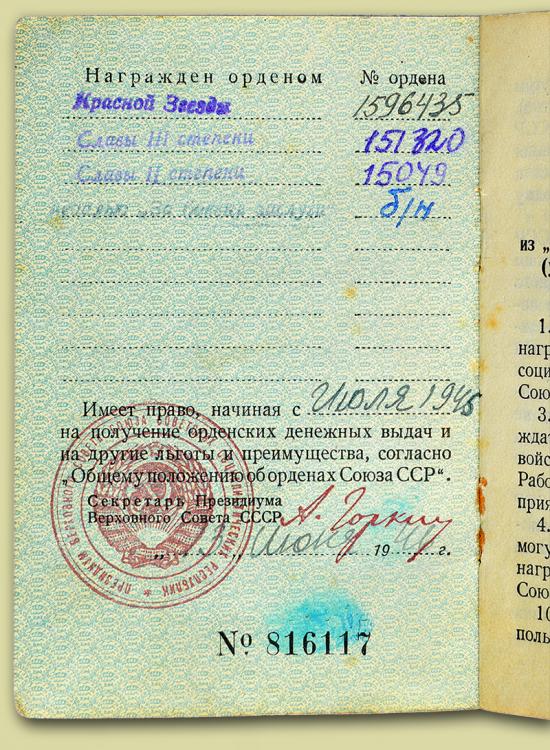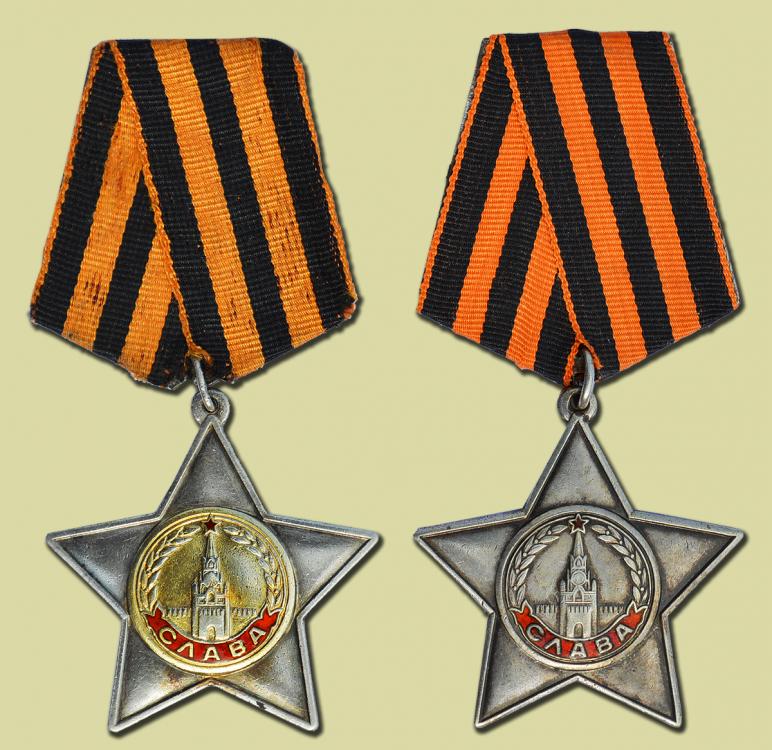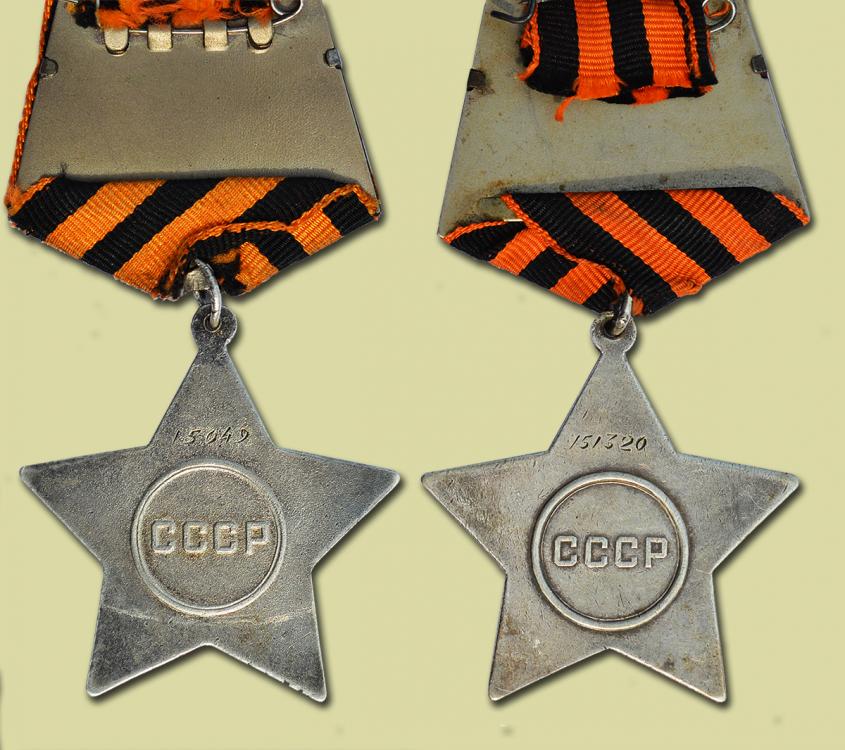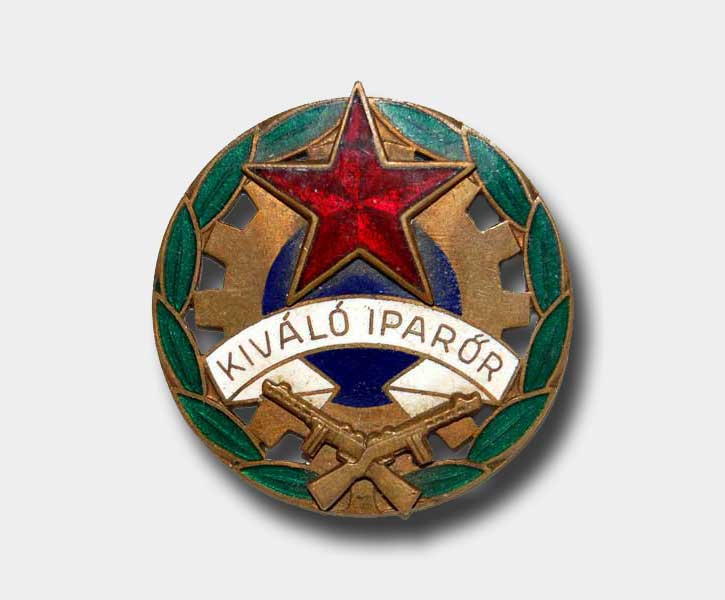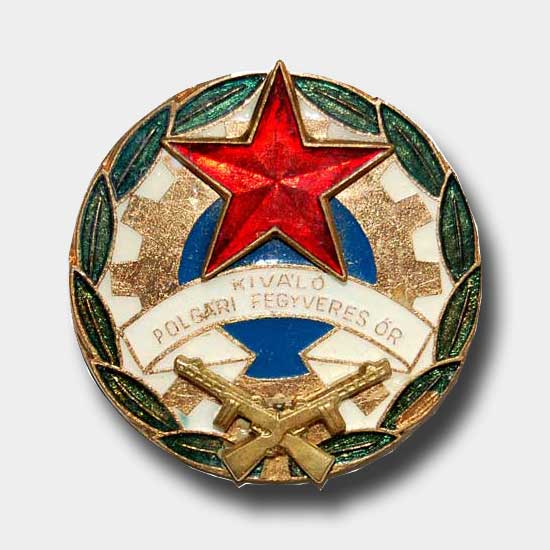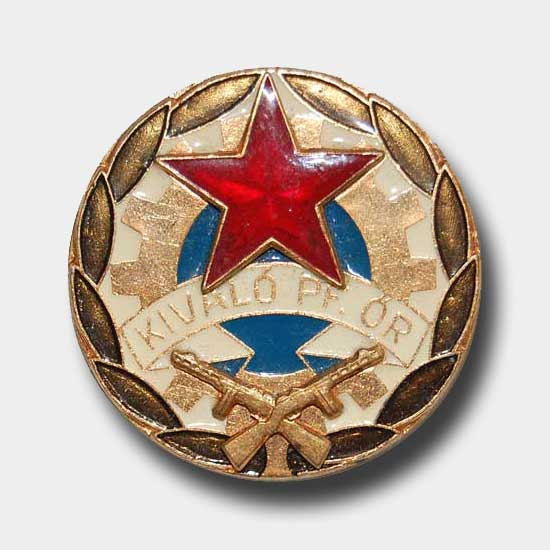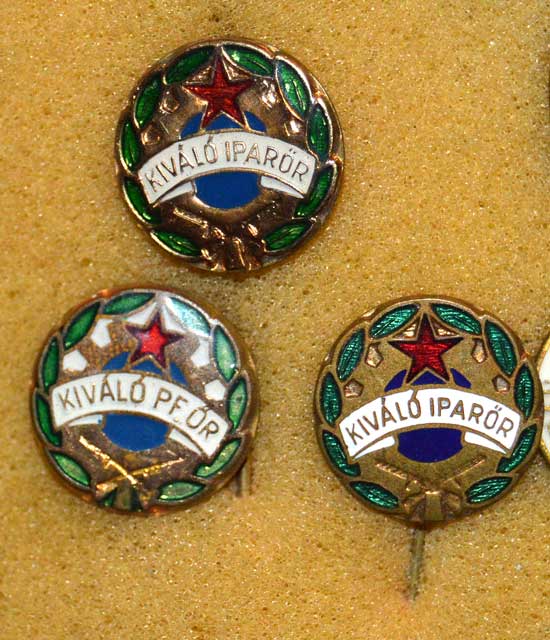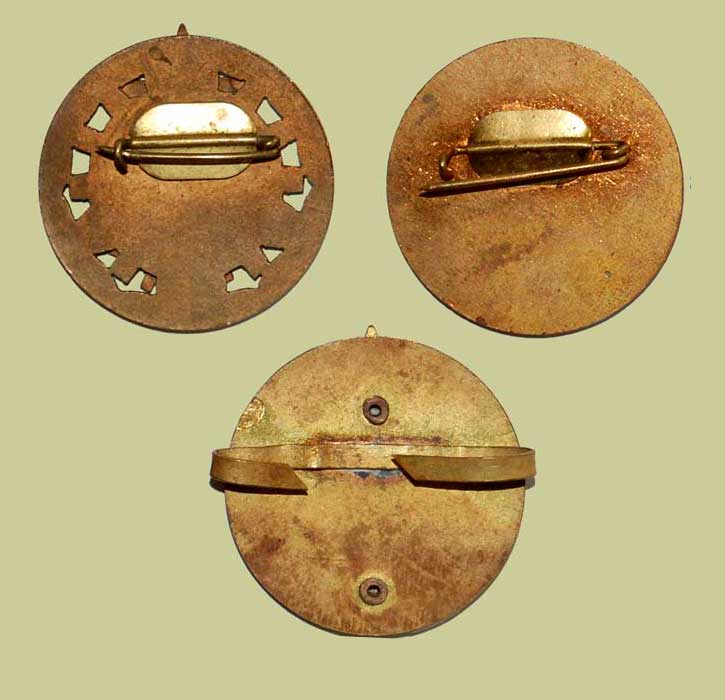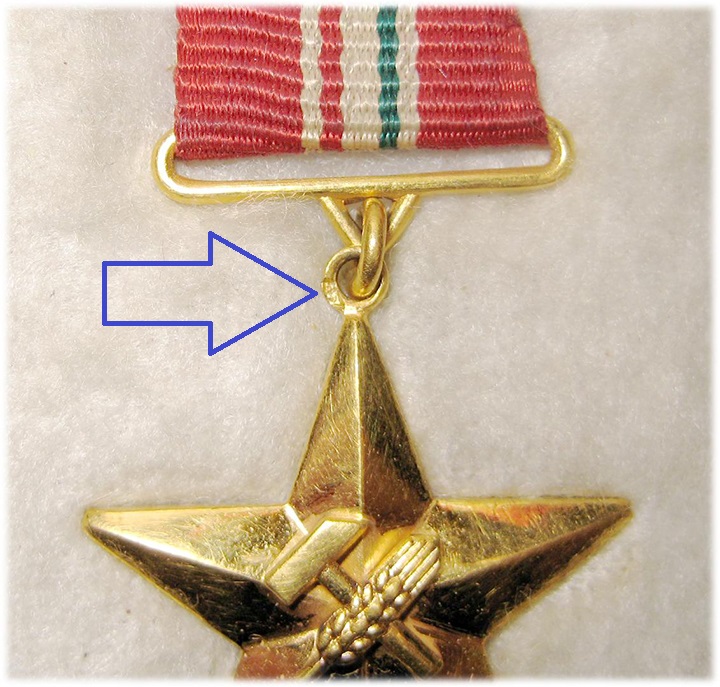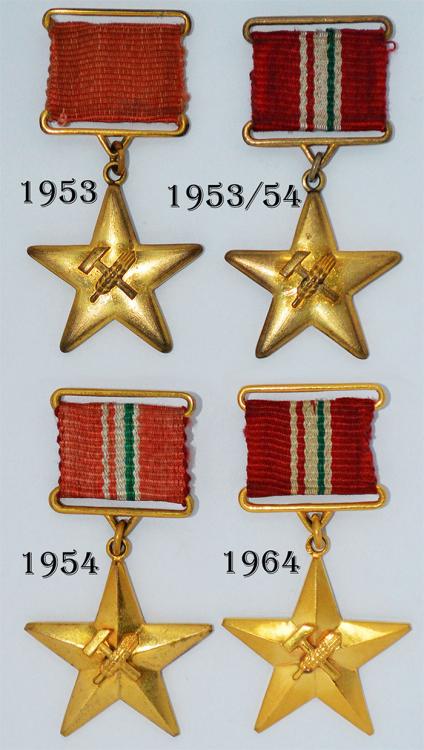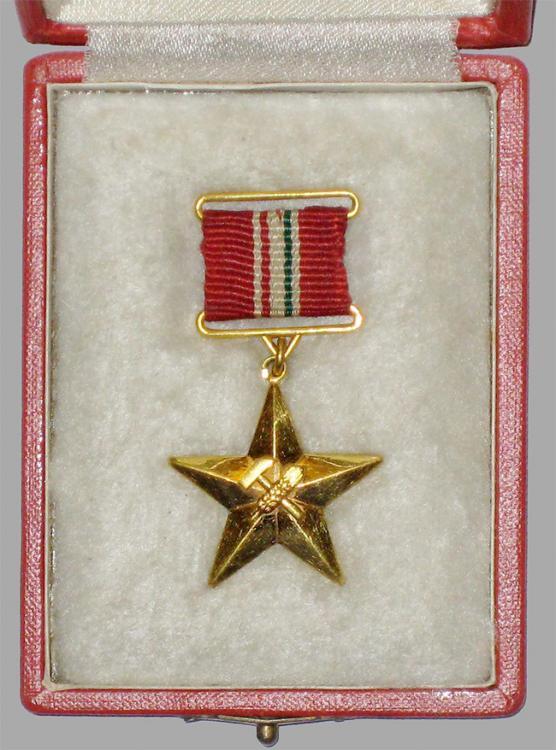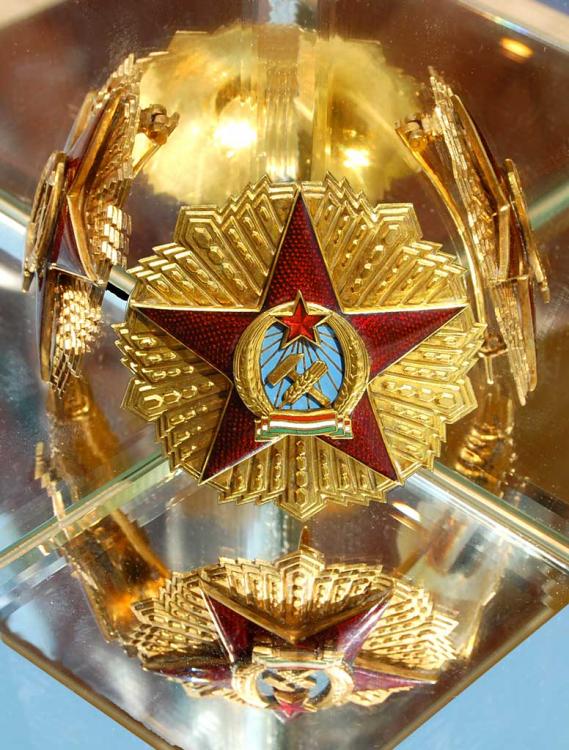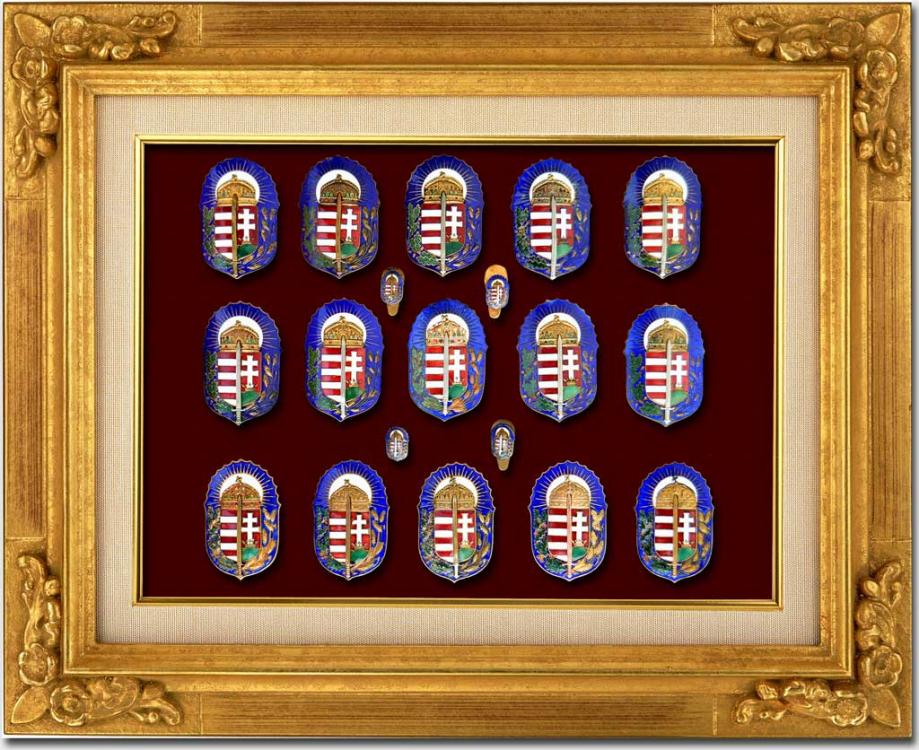-
Posts
407 -
Joined
-
Last visited
-
Days Won
1
Content Type
Profiles
Forums
Blogs
Gallery
Events
Store
Everything posted by cimbineus
-
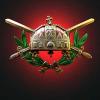
Hungary Distinction Badges of the HUPR Military
cimbineus replied to Gordon Craig's topic in Central & Eastern European States
Hi nickstrenk, No problem. Thanks for your questions. We also had the same system of "Excellent" and "Outstanding" badges. In sports too. The main difference is that the Sports Merit Medal was awarded on governmental level, but the badges mentioned, on ministerial level. "Kiváló" - "Excellent"-" Отличный" "Érdemes" - "Outstanding" - "Заслуженный" 1st type 2nd type 3rd type Regards, cimbineus -

Hungary Distinction Badges of the HUPR Military
cimbineus replied to Gordon Craig's topic in Central & Eastern European States
Hi, I told you earlier, this is the Sports Merit Medal of the HPR. -

Hungary Distinction Badges of the HUPR Military
cimbineus replied to Gordon Craig's topic in Central & Eastern European States
In my pictures you can see the different classes of the Flag Order of the Hungarian People's Republic. (In German: Fanenorden der Volksrepublik Ungarn) -

Hungary Distinction Badges of the HUPR Military
cimbineus replied to Gordon Craig's topic in Central & Eastern European States
-

Hungary Labour Merit Medal - 1950
cimbineus replied to cimbineus's topic in Central & Eastern European States
-

Hungary Distinction Badges of the HUPR Military
cimbineus replied to Gordon Craig's topic in Central & Eastern European States
Hi nickstrenk, Thank you for your interest in Hungarian orders, medals and badges. As Gordon said, unfortunately we have lost many of our previous pictures. From now I'll try to post those pictures again, step by step. I think, there is a little confision with the Order of Banner. You mention it, but attached a picture of the Bronze Sports Merit Medal. Here are some examples of the Order of Banner fromm different periods of its existence. (1957-1992) Regards, cimbineus -
-

Austria-Hungary Imperial Austrian Military Merit Cross
cimbineus replied to Noor's topic in Austro-Hungarian Empire
Hi Tony, This is a nice Friedrich Rothe piece. I cannot see any obvious problems in these pictures. - - - - - - - - - - - - - Here is a picture with three similar cases but different producers. And one more picture, perhaps a bit artistic composition with two Rothe & Neffe pieces. Regards, cimbineus -

Hungary Hungarian People's Republic Awards
cimbineus replied to Ed_Haynes's topic in Central & Eastern European States
Thank you, Gordon. Yes, it was a long time ago (15 years?) when we met last time in Budapest on a Tuesday afternoon in the Club. Here is the cover page of our 2017 A3 size wall calendar. And this is the January page: Regards, cimbineus -

Hungary Hungarian People's Republic Awards
cimbineus replied to Ed_Haynes's topic in Central & Eastern European States
Gordon, Let me show you something interesting. This is the April page of our Signum Laudis Forum's wall calendar for 2017. And, here is the picture in a bit bigger size. This Bronze grade was awarded to a Soviet citizen, that is why the award docoment is written in Russian. You can see two types of miniature as well. Regards, cimbineus http://signum-laudis.hu/ https://www.facebook.com/SignumLaudisForum/ -

Hungary Hungarian People's Republic Awards
cimbineus replied to Ed_Haynes's topic in Central & Eastern European States
No problem, Gordon. Yes, the Order of Hungarian Freedom was instituted to award Hungarian and foreign nationals who actively participated in struggle for freedom, independence and democracy. It could be awarded posthumously as well. It had two grades but there was no specific mentioning of any kind of distinction between them. In practice the majority of the awardees were freedom fighters, partisans, participants of national liberation movements in Hungary or in other countries, i.e. Spain, France, Belgium, Yugoslavia, Slovakia, Soviet Union, etc. Amongst the awardees there were about 70 Soviet military persons of different ranks but basically high commanders, and about two dozens other foreign citizens, and 111 awards were made posthumously. Yes, it was awarded after 1948 too, and in 1957 came the 3rd type of the Order, with the Coat of Arms of '57 on the back side, with already a totally different interpretation of "struggle for freedom", meaning the participation in suppression of the revolution of '56 in Hungary. In 1961 came the 4th type, which already was in three grades and was in the so called "War Awards" series. -

Hungary Hungarian People's Republic Awards
cimbineus replied to Ed_Haynes's topic in Central & Eastern European States
Dear Dave, Well, this was the first governmental/presidential order of the Hungarian republic founded on 10th May 1946. The piece in the picture is the first type of the order, the so call "Jesus Christ" type, because the two five-edge stars around Kossuth's head remembers the crown of thorns which was placed on the head of Jesus during the events leading up to the crucifixion of Jesus. The orders were numbered with continuous numeration without any logic or special meaning, not separated ever the two grades. It had a special ribbon, not in accordance with Hungarian traditions. This first type was awarded on five occasions to allover 505 Hungarian and foreign citizens in two grades: silver (~66%) and bronze (~34%). (By administrative mistake nine persons received it twice.) So, the order you showed us is a correct one, but on a wrong ribbon and in a latter case. Later that year, in December 1946, they changed the order and introduced the 2nd type already in better quality but without numbers, and all previous orders of the 1st type should have been replaced by new ones. The ribbon became a traditional triangle-type one. From December 1946 only the 2nd type of the order was awarded. Regards, cimbineus -

Intriguing question about Military Merit Crosses
cimbineus replied to cimbineus's topic in Austro-Hungarian Empire
Dear dond, Thank you for this clue. It is interesting, however, I think it may not be the reason for this seemingly overcomplicated production. My arguments: - The basic part of the wreath and the cross-arms made from one piece. This suggests that they originally also meant to be "war" decorations, since the "peace" crosses have no wreath at all in between the cross-arms. - The number of these double-layered pieces represents the majority in my collection, if not all of "war" Merit Crosses, which suggests me that the reason for this must be somewhere else. One more observation. Some of these additional layers are gold plated, some not, but some even enamelled, just to complicate the picture even more. Here is one more picture, where we can clearly see the added upper layers on the wreaths. Regards, cimbineus -

Intriguing question about Military Merit Crosses
cimbineus posted a topic in Austro-Hungarian Empire
Gents, Some time ago I noticed that the wreath between the cross arms consists of two layers. Why? What is the rationale behind? It is obvious that this technique makes the production even more complicated and more costly. So, why then? Sometimes the two layers are soldered so perfectly that it is simply impossible to detect this interesting feature. I would appreciate any ideas or explanations. Here are some examples. Many thanks in advance. Regards cimbineus -

Austria-Hungary Iron merit crosses (Eiserne Verdiestkreuze)
cimbineus replied to Iver's topic in Austro-Hungarian Empire
Here is one more Iron Merit Cross with Crown (Eisernes Verdienstkreuz mit der Krone - EVK mdK) from Zimbler. -

Hungary Factory Guard Uniform
cimbineus replied to hunyadi's topic in Central & Eastern European States
Gordon, Before 1970 the structure of this organization basically followed the structure of the national economy and consisted of separate branches. In 1970 all those partially separate sub-organizations and branches were united into one overall organization which covered the national economy as a whole. After the fall of communism this organization fall apart again and was replaced by a big number of private enterprises of this kind which process basically ended in 1997. Since that time this business/task of the civilian armed guards is fully privatized. Regards, cimbineus -

Hungary Factory Guard Uniform
cimbineus replied to hunyadi's topic in Central & Eastern European States
Unfortunately my earlier pictures vanished but I gladly repeat them here. Here are the reverses of the badges. Here are the miniatures of the badges above. Now, some information about this organisation. It was founded in 1953 under the name "Iparőrség" ("Industrial Guard") with the aim to lessen the burdens on police and military in guarding industrial facilities. This organisation acted under the auspices of the Ministry of Interior. That is the main reason of the stupid secrecy surrounded the Industrial Guard at that time. In 1964 it underwent a reorganisation and received a new name: "Polgári Fegyveres Őrség" ("Armed Civilian guard"). The next reorganisation came in 1970, the secrecy was eased and the separate organisations of different industrial branches were united into one organisation with some 6000 men in total. -

Hungary Gold Star of Hero of Socialist Labour
cimbineus replied to Megan's topic in Central & Eastern European States
Yes, of course, Paul. By appearance there are no obvious differences, those two look identical by first glance. The only difference is the material. The first is a gold plated brass piece, made and awarded between 1954 and 1964, whilst the second is a gold one, issued after 1964. You can see the hallmark. Regards, cimbineus -

Hungary The Hungarian Order of Merit
cimbineus replied to Anatoly13's topic in Central & Eastern European States
Thank you, Gordon. -

Hungary Gold Star of Hero of Socialist Labour
cimbineus replied to Megan's topic in Central & Eastern European States
I do not why, but the previous pictures vanished. Here is a picture with all four types in it. And here is one more picture. The last type in case. -

Hungary The Hungarian Order of Merit
cimbineus replied to Anatoly13's topic in Central & Eastern European States
-

Hungary Hungary - Order of Vitez
cimbineus replied to Verdun16's topic in Central & Eastern European States
Gents, let me show you some Vitéz Orders produced by Jerouschek Károly, Boczán Gyula, Boczán Károly, Gál Dezső and some miniatures of the same makers as well.





